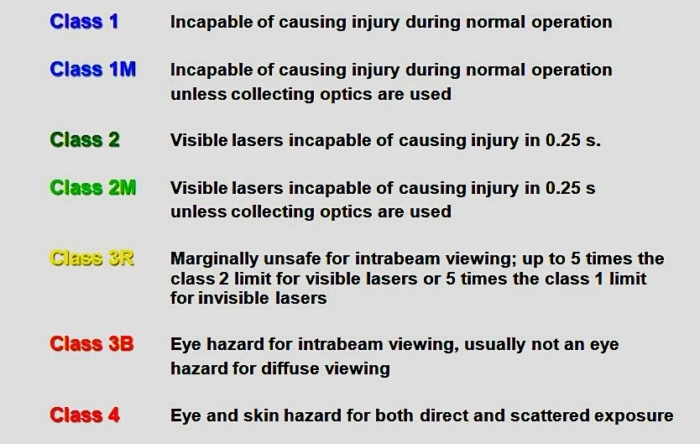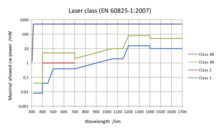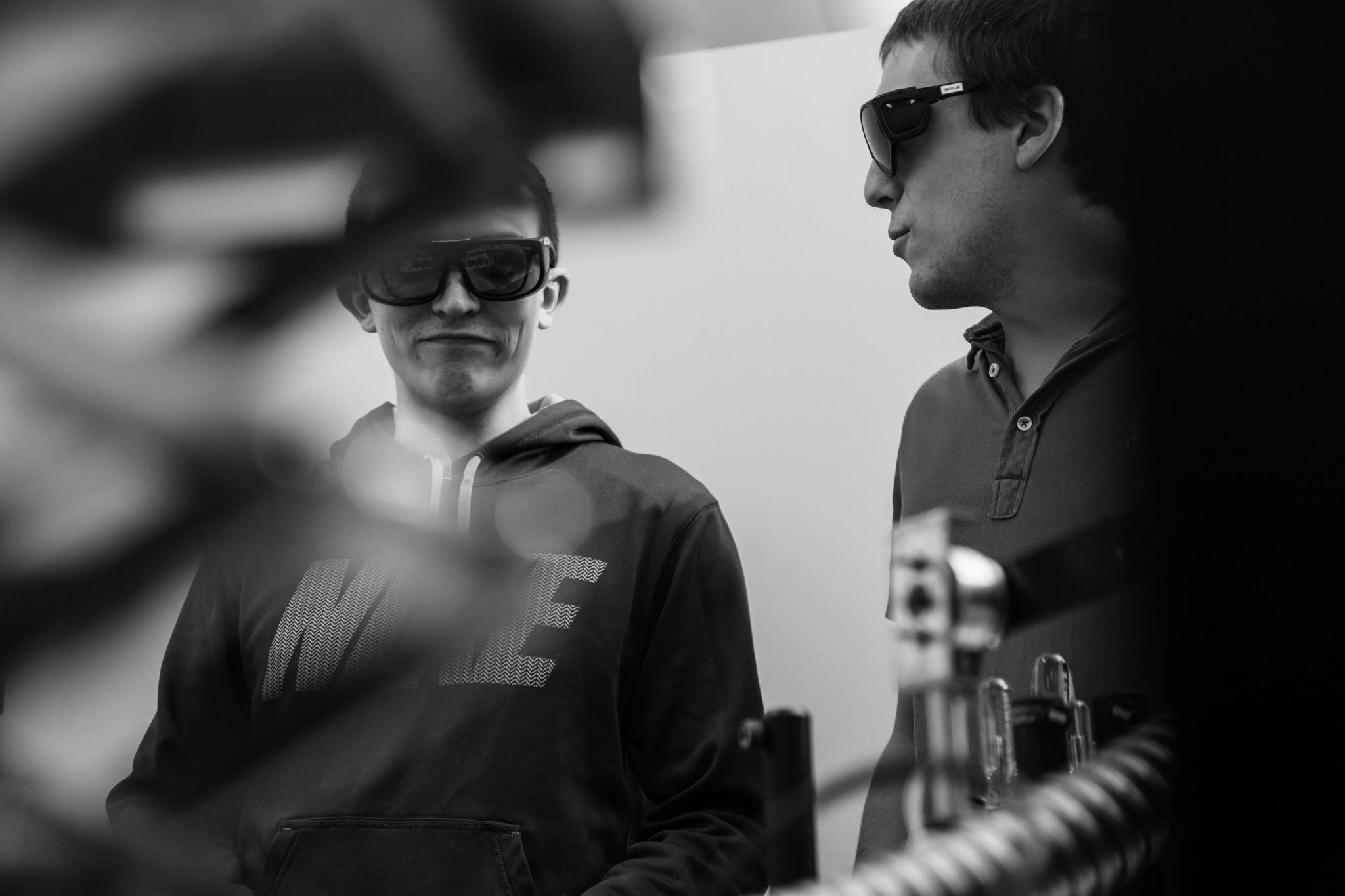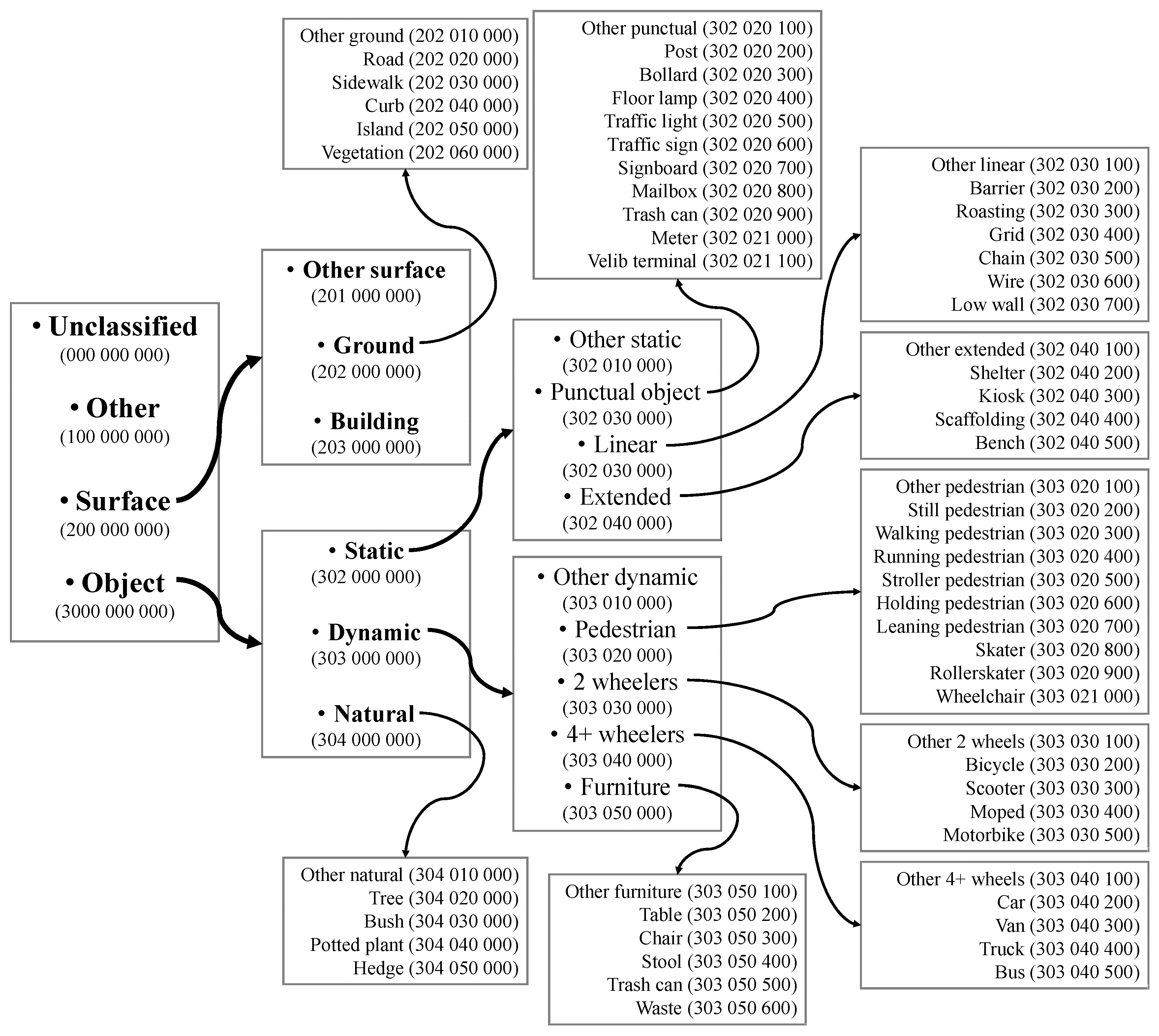International Laser Classification

This shows the distances at which various consumer lasers are eye skin and fire hazards and are visual interference hazards.
International laser classification. According to the international electrotechnical commission iec standard laser products are classified as follows. This resulted in the introduction of three new laser classes 1m 2m and 3r and the abolition of class 3a. Classification is based on calculations and determined by the. Heat is a by product of the tissue absorbing the laser emission.
Flashblindness glare and distraction. For information about laser classifications in general see this page from rockwell laser industries. The international classification described in consensus standards such as iec 825 later iec 60825 was based on the same concepts but presented with designations slightly different from the us classification. If the laser has a suitable power density and is held in place for a period of time tissue burns can occur.
Iec 60825 1 is an international standard for laser products and has become a common safety standard in iec member countries. The class of the laser can be used to help decide what safety control measures are required when using the laser. Not true if the laser is a continuous wave laser at the mid to upper end of the class 3b classification. Get a sense of the laser safety requirement for the safe use of lasers in industrial environment by reading the following.
Class 3b lasers do not have a thermal effect. In 2001 the standard governing the safety of laser products in europe en and internationally iec was substantially revised and the classification system was overhauled. Includes international laser class activities with information addresses and links to many other laser sailing sites. Laser classification lasers are grouped into seven classes depending on the potential for the beam to cause harm.
Iec international electrotechnical commission. This classification system is only slightly altered from the original system developed in the early 1970s. Laser radiation can cause severe damages to eyes and skin. The international electrotechnical commission iec is a global organization that prepares and publishes international standards for all electrical electronic and related technologies.
The hazard and hence the classification depends on the wavelength power energy and pulse characteristics. See also the laser hazard distance chart. The iec document 60825 1 is the primary standard that outlines the safety of laser products. Class 1 laser products safe under reasonably foreseeable conditions of operation including the use of optical instruments for intrabeam viewing.
In the united states laser product regulations are summarised by the fda cdrh standard 21 cfr 1040 10.











































